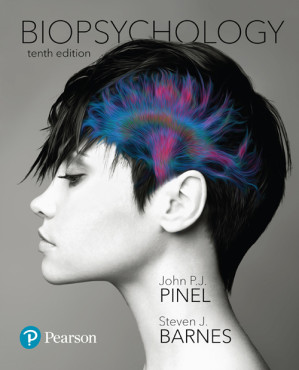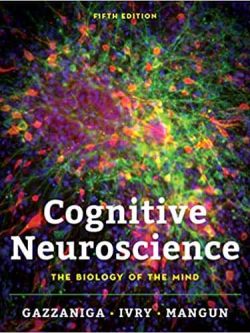Specifications
| book-author | John P. J. Pinel ; Steven Barnes |
|---|---|
| file-type | EPUB |
| isbn10 | 0134203690 |
| isbn13 | 978-0134203690 |
| language | English |
| publisher | Pearson |
Book Description
“Biopsychology” by John P. J. Pinel and Steven Barnes is a comprehensive textbook that explores the biological bases of behavior from a neuroscience perspective. Here's what you can expect from the 10th edition of this book:
- Introduction to Biopsychology: The textbook provides an introduction to the field of biopsychology, covering its history, scope, and key concepts. It explores the interdisciplinary nature of biopsychology, integrating principles from neuroscience, psychology, biology, and other related fields.
- Neuroanatomy and Neurophysiology: Pinel and Barnes delve into the structure and function of the nervous system, including the organization of the brain and spinal cord, neural signaling, and the mechanisms of neuronal communication.
- Sensory and Motor Systems: The book explores sensory processes, including vision, hearing, touch, taste, and smell, as well as motor systems involved in movement and coordination. It examines the neural mechanisms underlying sensory perception and motor control.
- Brain Development and Plasticity: The authors discuss brain development across the lifespan, from prenatal development to aging, and explore the mechanisms of neural plasticity and adaptation in response to experience and environmental changes.
- Motivation and Emotion: Pinel and Barnes examine the neural mechanisms underlying motivation, emotion, and reward processing. They discuss how brain circuits regulate motivational states, emotional responses, and behavioral outcomes.
- Learning and Memory: The textbook covers the neural basis of learning and memory processes, including the role of synaptic plasticity, long-term potentiation (LTP), and memory consolidation in encoding, storing, and retrieving information.
- Biological Basis of Psychiatric Disorders: Pinel and Barnes explore the biological factors contributing to psychiatric disorders such as schizophrenia, depression, anxiety disorders, and addiction. They discuss the neurochemical, neuroanatomical, and genetic underpinnings of these disorders.
- Clinical Applications: Throughout the book, the authors highlight clinical applications of biopsychological research, including diagnostic tools, therapeutic interventions, and advancements in neuropsychological assessment and rehabilitation.
“Biopsychology” is designed for students studying neuroscience, psychology, biology, and related disciplines. With its comprehensive coverage, accessible writing style, and integration of cutting-edge research, this textbook provides a thorough exploration of the biological bases of behavior and their implications for understanding the human mind and brain.










Reviews
There are no reviews yet.